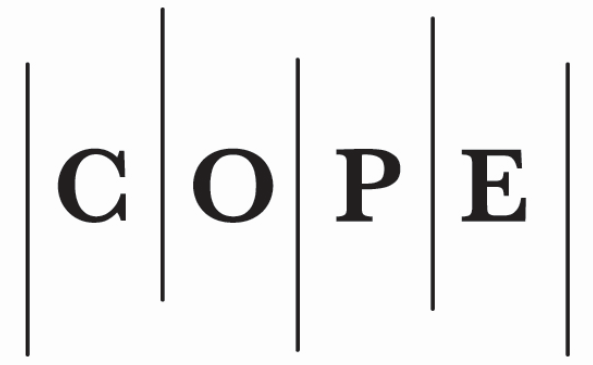Accession of the EU to the ECHR: Issues of the co-respondent mechanism
plugins.themes.bootstrap3.article.main69485a688ddff
Santrauka
On December 2014, the Court of Justice of the European Union adopted one of the most controversial decisions in recent decades—the famous Opinion 2/13 that precluded the European Union from acceding to the European Convention on Human Rights. This article engages in the analysis of the co-respondent mechanism—one of the most significant features of the Draft Agreement for the accession of the European Union to the Convention. The co-respondent mechanism was intentionally designed to preserve the specific characteristics of the European Union law by precluding the European Court of Human Rights from solving the complex questions of the internal competence division of the European Union. However, notwithstanding that the European Commission and most of the Member States had not seen any significant threats caused by the mechanism, the Luxembourg court rejected the mechanism due to the European Union’s motives for the protection of autonomy. This article analyzes and assesses the objections presented by the Court.
plugins.themes.bootstrap3.article.details69485a6892225
Skyrius
ARTICLES






